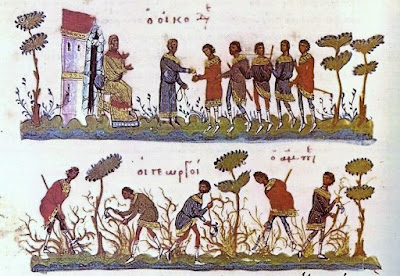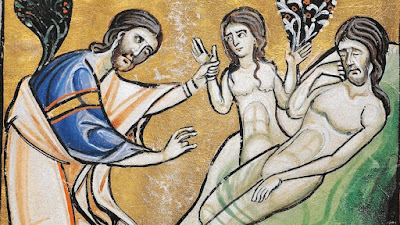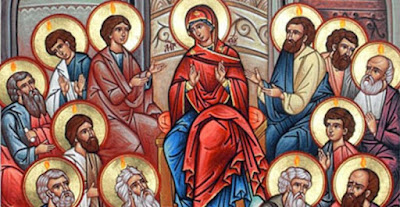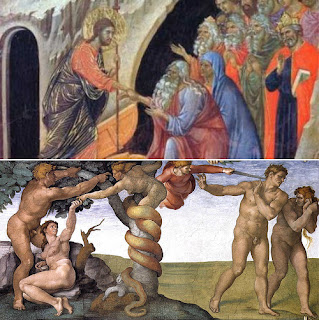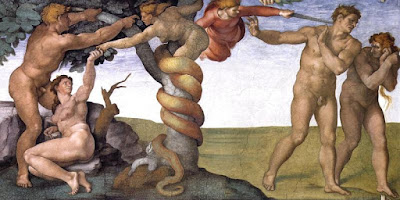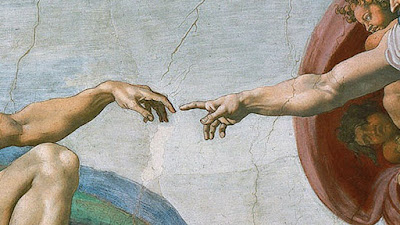Homily for the Fourth Sunday of Advent, December 24, 2017, Year B
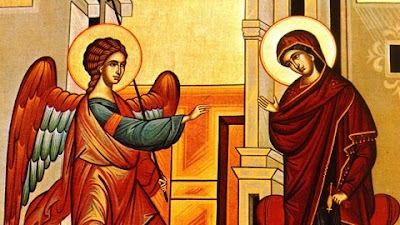
Fr. René J. Butler, M.S. Provincial Superior, La Salette Missionaries of North America Hartford, Connecticut ( Click here for today’s readings ) About 20 years ago I was asked to speak to a group of candidates in the Rite of Christian Initiation for Adults, on the topic of “de-creation,” i.e., the fall of Adam and Eve and its negative impact of on creation and history. I began by showing them a very beautiful, truly artistic mug that had been given to me. It reflected the love of the artist, and of the one who gave it to me, just as the world created by God reflected his love. A little bit later, I “accidentally” knocked the mug off the podium and it shattered on the floor. As it began to fall, everyone in the group gasped. I concluded, “That is what creation did when Adam and Eve reached for the forbidden fruit. All creation gasped, crying out: ‘No! No! No!’” Almost 900 years ago, St. Bernard of Clairvaux delivered four homilies on today’s Gospel. Each one is easil
